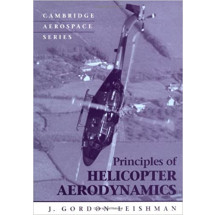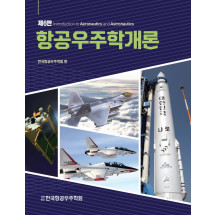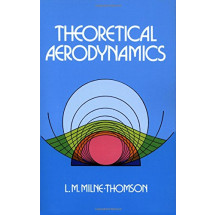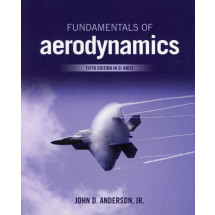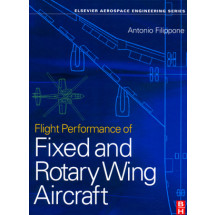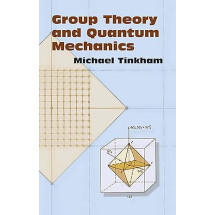Foreword xi
Serge ZANINOTTI
Introduction xiii
Chapter 1 Use of Aerodynamic Forces to Control the Trajectory of an Aircraft 1
1.1 Definitions 1
1.1.1 Lift 3
1.1.2 Drag 4
1.1.3 Equilibrium in horizontal flight 7
1.1.4 Aerodynamic moments8
1.1.5 Center of gravity8
1.1.6 Aerodynamic center9
1.1.7 Center of thrust 10
1.1.8 Centering and stability 10
1.1.9 Lateral stability 11
1.1.10 Turn and roll 11
1.1.11 Load factor 12
1.2 Pitch control 13
1.3 Yaw control 15
1.4 Roll control 17
1.5 The Mach: subsonic, transonic and supersonic speeds 18
Chapter 2 Aerodynamic Forces and Moments and their Derivatives 21
2.1 Definitions 21
2.2 Aerodynamic forces 22
2.2.1 Drag expression 22
2.2.2 Expression of lateral lift24
2.2.3 Expression of lift25
2.3 Aerodynamic moments 25
2.4 Major aerodynamic derivatives26
Chapter 3 Wind Tunnel 27
3.1 Description of wind tunnel tests27
3.2 Stall 28
3.3 Calculation of the maximum stress applied to an aircraft wing in a wind tunnel 30
3.3.1 Definition of the drag coefficient from the flow tables 30
3.3.2 Calculation of the maximum stress applied to an aircraft wing in a wind tunnel 31
Chapter 4 Trihedron 33
4.1 Writing convention 33
4.2 Definitions of trihedrons33
4.2.1 Definition of a trihedron or frame of reference 33
4.2.2 Galilean trihedron34
4.2.3 Absolute trihedron 34
4.2.4 Local geographic trihedron35
4.2.5 Terrestrial trihedron35
4.2.6 Aircraft trihedron35
4.2.7 Aircraft aerodynamic speed trihedron (G, Xvae, Yvae, Zvae) 36
4.2.8 Balance trihedron36
4.3 Change of reference 36
4.4 Relation between trihedra 39
4.4.1 Aircraft trihedron (G, X1, Y1, Z1) with respect to the reference trihedron (G, X0, Y0, Z0) 39
4.4.2 Aerodynamic trihedron of the aircraft (G, Xva, Yva, Zva) with respect to the aircraft trihedron (G, Xe, Ye, Ze) 40
4.5 Relative positions of the various trihedra40
4.5.1 Position of the aircraft trihedron with respect to the local geographical trihedron 40
4.5.2 Position of the aerodynamic trihedron with respect to the terrestrial trihedron 43
4.5.3 Position of the aircraft trihedron in relation to the aerodynamic speed trihedron 46
4.5.4 Position of the aircraft trihedron in relation to the balance trihedron 48
4.5.5 Position of the terrestrial trihedron in relation to the local geographic trihedron 50
Chapter 5 Movement of a Solid 53
5.1 Rotation of a solid around a fixed point 53
5.2 Kinematics of a solid57
5.3 Reference framework60
5.3.1 Absolute reference 60
5.3.2 Relative reference60
5.3.3 Drive movement61
5.3.4 Goal 61
5.3.5 Change of reference framework 61
5.3.6 Change of reference: conclusion and summary 67
5.4 Components of the instantaneous velocity vector of the aircraft reference (O, ie, je, ke)E with respect to the local geographic reference (O, ilgt, jlgt, klgt)LGT in the aircraft reference 70
5.5 Equations of accelerations and forces in the aircraft frame (O, ie, je, ke)E 74
5.6 Determination of load factors in the aircraft reference (O, ie, je, ke)E 77
5.7 Case where the speeds and accelerations are provided at a point other than G77
5.8 Coordinates of the aerodynamic speed in aircraft axes 79
5.9 Equations of moments in the aircraft frame (O, ie, je, ke)E 80
5.10 Forces and moments applied to the aircraft85
5.10.1 Force of gravity85
5.10.2 Forces and moments of propulsion 86
5.10.3 Aerodynamic forces and moments 86
5.10.4 Forces and inertia torques86
Chapter 6 Aircraft Characteristics 87
6.1 Aerodynamics problems posed by aircraft 87
6.1.1 Drag 87
6.1.2 Lift 89
6.1.3 Reynolds number90
6.1.4 Flow velocity 90
6.1.5 Stability of an aircraft 91
6.1.6 Resistance of structures92
6.1.7 Sizing of an aircraft 93
6.2 Load factor 93
6.2.1 Definition of the load factor93
6.2.2 Definition of load factor requirements 93
Chapter 7 Aircraft Simulation Model95
7.1 Simulation model of the atmosphere 96
7.2 Propulsive coefficients 96
7.3 Mass coefficients 96
7.4 Aerodynamic coefficients 97
7.5 Equations of motion 98
7.6 Introduction of wind104
Chapter 8 Processing of Trajectography Information 107
8.1 Telemeasured parameters 107
8.2 Smoothing, first derivation and second derivation 107
8.3 Performance calculation108
8.3.1 Change of coordinates to move from the trihedron (O, Xc, Yc, Zc) to the trihedron (O, X0, Y0, Z0)108
8.3.2 Aircraft speed relative to the ground109
8.3.3 Aerodynamic speed and Mach number 109
8.4 Aerodynamic route and slope 111
8.5 Determination of the angle ψ 114
8.6 Load factors in the aerodynamic trihedron (O, Xa, Yaf, Zr) 114
8.7 Processing of data from the inertial unit (in the aircraft frame) 115
8.7.1 Load factor conversion 116
8.7.2 Calculation of accelerations at the center of gravity 118
8.7.3 Speed conversion118
8.7.4 Calculation of Ψ120
8.7.5 Recomposition of the trajectory 120
8.8 Determination of some aerodynamic parameters 120
8.8.1 Determination of the incidence α and sideslip β 120
8.8.2 Determination of ψac121
8.8.3 Determination of θ 128
8.9 Determination of load factors (nx1, ny1, nz1) in the aircraft trihedron 129
8.10 Determination of CY and Cz 131
8.11 Determination of the total incidence132
8.12 Determination of the longitudinal attitude compared to the local horizontal plane 132
8.13 Determination of drag coefficients 136
8.14 Determination of the pushing force 137
Chapter 9 Quaternion Methods 139
9.1 Goal 139
9.2 Reminder of the axis change formulas using Euler angles 140
9.3 Olinde-Rodrigues’s formulas: definition of quaternions 140
Glossary 161
List of Abbreviations 165
References 169
Index 171


